
On 8th April, a total solar eclipse swept across the U.S., plunging parts of the country into midday darkness. Millions paused to witness the rare event as the moon blocked the sun, revealing a stunning corona and casting deep twilight. Here’s a breakdown of what happened and why it mattered.
It Was A Total Eclipse

A total eclipse happened when the moon fully blocked the sun, casting its shadow over U.S. states like Texas, Arkansas, Indiana, and New York. Only those in the path of totality experienced full darkness. Viewers outside this path saw a partial eclipse, with the sun still visible behind the moon’s silhouette.
Darkness Fell In Seconds

In cities along the path, daylight vanished almost instantly. The sudden drop in brightness felt like fast-forwarding to evening in under a minute. For the ones who weren’t watching closely, totality could have come and gone before they realized what was happening.
Location Was Everything
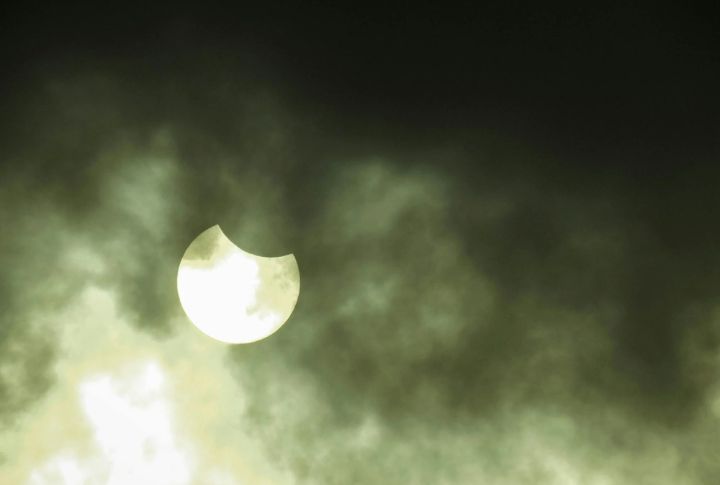
The eclipse followed a very narrow path from Texas to Maine. Inside this path, totality was visible; outside it, only a partial eclipse occurred. Even being a few miles off meant missing the full blackout. That thin corridor made all the difference in what people experienced.
Major Cities Got A Front Row Seat
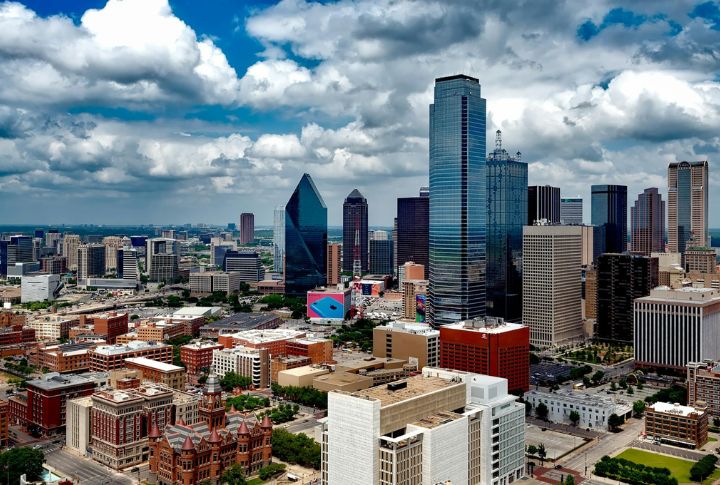
Cities like Dallas, Indianapolis, and Buffalo were perfectly positioned to witness totality. These locations saw a surge in visitors, with crowds gathering in parks and rooftops. For residents in these cities, the eclipse turned an ordinary afternoon into an extraordinary event.
Certified Glasses Were Essential For Safe Viewing

Eclipse glasses were a must before and after totality. Regular sunglasses can’t protect your eyes from harmful rays. Plus, it was safe to look up only during the brief moment when the moon fully covered the sun. Once sunlight returned, protective lenses had to be used again.
The Corona Stole The Show
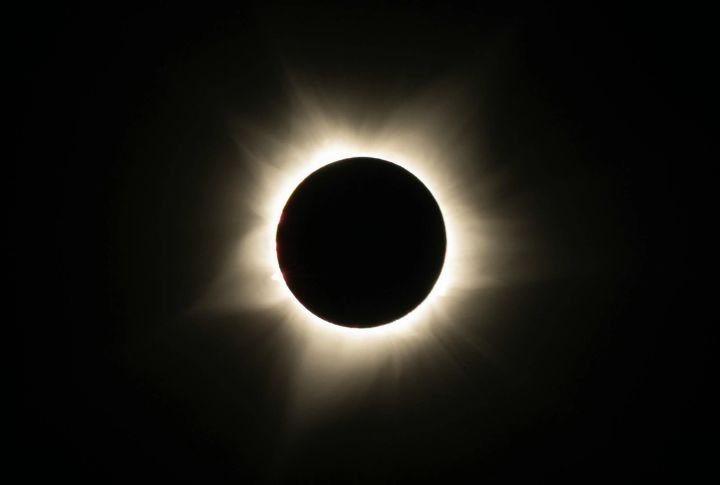
During totality, the sun’s pale corona, a glowing ring of plasma, became visible. Usually hidden by intense light, the corona appeared as a shimmering white halo around the moon. It was fleeting, eerie, and, for many, the most magical part of the eclipse.
Weather Changed Everything
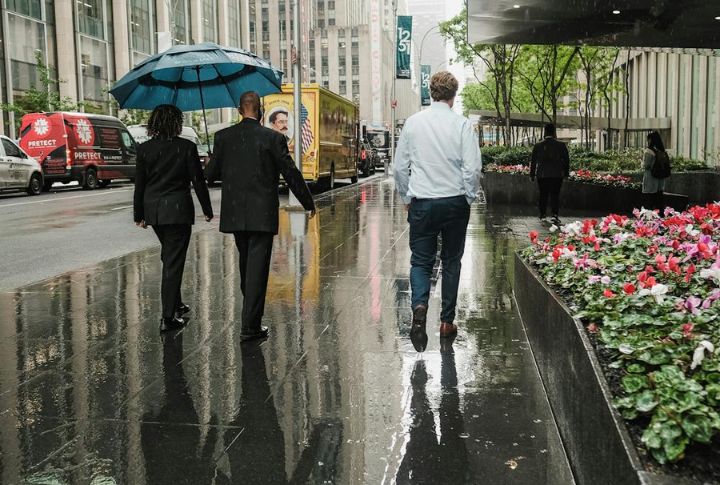
Parts of the U.S., like San Antonio, Austin, and parts of Ohio, experienced thick cloud layers that obscured the total eclipse. While some breaks allowed brief glimpses, many viewers in these regions saw only dimming light rather than the full spectacle.
Photographers Had To Be Ready

To successfully photograph the eclipse, photographers needed to combine specialized equipment like solar filters, long telephoto lenses, and sturdy tripods with a keen sense of timing to freeze the moment. Many practiced days in advance to avoid missing the shot. The payoff? Rare images of a blackened sun crowned with fire caught in perfect clarity.
It Won’t Happen Again Anytime Soon
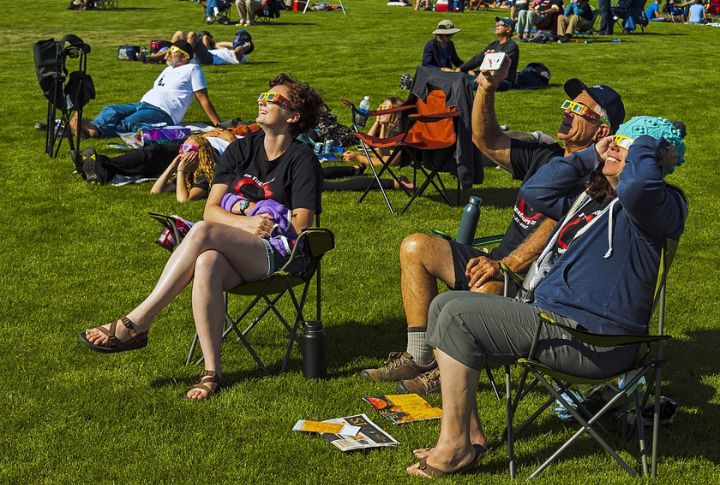
This was the last total solar eclipse visible from much of the U.S. until 2044. For many Americans, it was a once-in-a-lifetime chance to see totality without traveling abroad. The next similar event won’t be as accessible for most of the country.
Nature Reacted Instantly
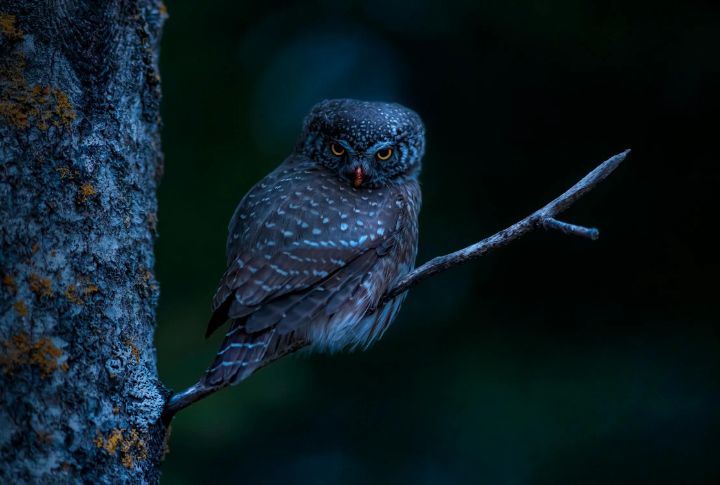
As totality approached, birds fell silent, insects quieted down, and some nocturnal animals became active. Zoos and backyard observers across the eclipse path reported shifts in behavior as animals appeared confused by the sudden twilight. It was a vivid reminder that eclipses don’t just affect us; nature notices, too.

